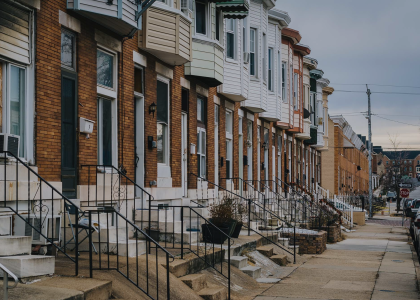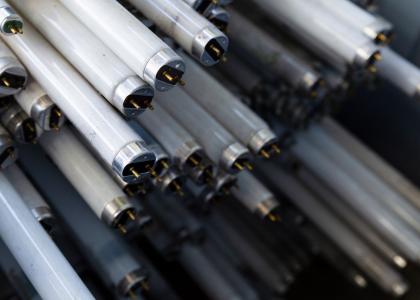Energy efficiency investments in an infrastructure bill could result in more than 3 million more people working for a year (job-years), more than 4 billion tons of reduced carbon dioxide emissions, and almost $300 billion in net consumer savings, all while building the foundation for a clean economy. Following on an earlier fact sheet and report, we analyzed the likely impacts from eight sets of energy efficiency investments in homes and commercial buildings, electric vehicles, transportation infrastructure, manufacturing plants, states, and cities. Key proposals include commercialization of transformative industrial technologies, energy retrofits of affordable housing, and incentives for heat pumps and electric trucks and buses.
The investments analyzed include:
Buildings
- Home retrofits. Programs to cut energy waste in existing homes, including an increase in the low-income Weatherization Assistance Program (WAP), a new Green, Resilient, Efficient, and Affordable Homes for Tenants (GREAHT) program for multifamily apartment buildings, and a new HOPE for HOMES rebate and job training program
- Building tax incentives. Improvements to existing tax incentives for home improvements (25C), new homes (45L), and both new and upgraded commercial buildings (179D)
- Heat pump and appliance incentives. New proposals to spur use of heat pumps and heat pump water heaters, as well as induction stoves, heat pump dryers, and super-efficient refrigerators and washing machines, through consumer rebates or through a manufacturer tax incentive
Industry
- Industrial energy management. Energy assessments, technical assistance, and grants for small manufacturers through the existing Industrial Assessment Centers; for medium manufacturers through a new FlexTech state program; and for large firms through a new Save Energy and Carbon Now program; also, matching funds to hire new energy managers and support for strategic energy management
- Industrial innovation. A new First Three program to provide support for initial commercial-scale applications of innovative carbon-saving technologies, and new support for innovations in industrial clusters
Transportation
- Electric vehicle tax credits. Expansion of tax credits for electric passenger vehicles (30C) and electric chargers (30D) and a new credit for electric trucks
- Transportation carbon reduction programs. Proposed transportation bill programs to fund investments to reduce fuel use and emissions
Cross-cutting
- State and local programs. New funding for the State Energy Program and for Energy Efficiency Conservation Block Grants to implement energy efficiency and renewable energy measures
Read the White Paper
Read the Accompanying Fact Sheet
| Suggested Citation |
| Ungar, L., S. Nadel, and J. Barrett. 2021. Clean Infrastructure: Efficiency Investments for Jobs, Climate, and Consumers. Washington, DC: American Council for an Energy-Efficient Economy. aceee.org/white-paper/2021/09/clean-infrastructure-efficiency-investments-jobsclimate-and-consumers |




